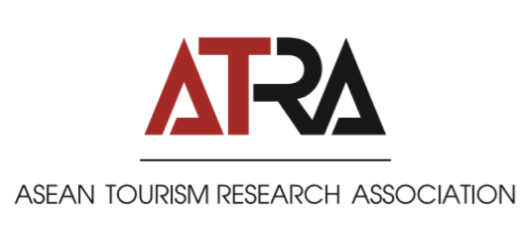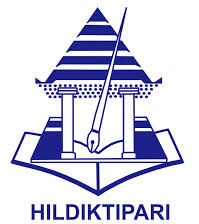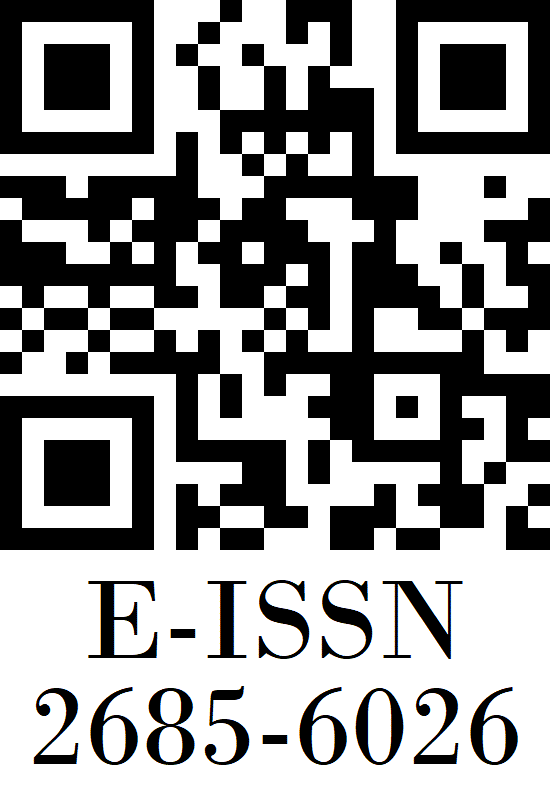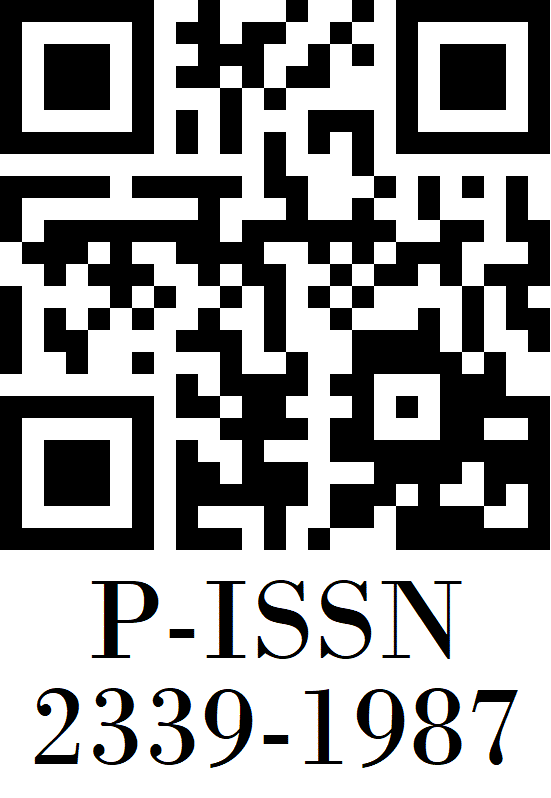Faktor-Faktor Penentu Aliran Permintaan dan Penawaran Investasi, Barang dan Jasa Pariwisata Indonesia
Abstract
Tourism is one of the most significant contributors to the Indonesia economy growth, based on data from the Indonesia Central Bureau of Statistics in 2012, the share of national tourism to GDP is 13.9 percent through foreign exchange earnings as revenue from tourist consumption. Besides that, it has provided a multiplier effect to other sectors which related to the sectors. Therefore, the increasing of tourism investment and trade will be focus in the tourism development program to improve the contribution. Meanwhile, the Indonesia Coordinating Board (BKPM) stated the average national investment for the tourism sector is Rp. 2.73 billion or 6 percent from total investment during 2006-2012, in other words an investment in tourism sector has not been able to provide optimal contribution to the national economy development considering to its potential. The purpose of this study was to analyze the determinants of tourism investment, goods and services, demand and supply flows in Indonesia that used panel data from 1990 – 2012 periods; by applying a panel gravity model, the model analyzed the flow of investment (inward-outward), and international trade of Indonesia tourism sector to the growth of national economy. Based on the model, the results of the analysis give some conclusions including: (1) the magnitude of investment inflows to Indonesia influenced by the population of the country of origin of tourists and distances, (2) the flow of goods and services exports of Indonesian tourism is affected by the distance variable, price of Indonesian tourism in the country of origin of tourists, exchange rate, population, exports of the previous year (3) the flow of goods and services for Indonesian tourism influenced by distance, Indonesian GDP, the exchange rate, the price of Indonesian tourism in the countries of origin of tourists, and imports of goods and services in the Indonesian tourism previously (4) the flow of Indonesian tourism demand, affected by Indonesian GDP, GDP of the country of origin of tourists, Indonesia tourism, ASEAN Tourism (competitor), and tourism consumption by foreign tourists in Indonesia. (5) the result also define there is relationship between magnitude supply of Indonesian tourism with variables of Indonesian GDP, Indonesian tourism price, exchange rate, domestic consumption, and consumption in other countries
References
Alguacil, Ma. Teresa & Cuadros, Ana & Orts, Vicente, 2002. Foreign Direct Investment, Exports and Domestik Performance in Mexico: a Causality Analysis,. Economics Letters, Elsevier, vol. 77(3), pages 371-376, November.
Antariksa B. 2010. Pengaruh Liberalisasi Perdagangan Jasa terhadap Daya Saing Kepariwisataan Indonesia. Prosiding Pertemuan Diklat Pariwisata tingkat Lanjutan Tahun 2010; Jakarta, 29 Juli 2010. Jakarta: Pusdiklat Kemenbudpar.
Antara, Made. 1999. Dampak Pengeluaran Pemerintah dan Wisatawan terhadap Kinerja Perekonomian Bali: Pendekatan Sosial Accounting Matrix. (Disertasi). Bogor: IPB
Aryopratomo, Gandung. 2010. Analisis Kebijakan Pengembangan Pariwisata Indonesia. Universitas Indonesia
Bull. A. 1995. The Economics of Travel and Tourism.
Second Edition. Longman
Darmoyo J. 2003. Analisis Potensi Kecenderungan (Trend) Wisatawan Jepang terhadap Minat Obyek Wisata.. JIKP, Volume 4 April 2003.
Deliarnov,1995. Pengantar Ekonomi Makro. Jakarta: UI- Press
Durbarry, Ramesh. 2006. Tourism Expenditure in UK: Analysis of Competitiveness Using Gravity Based Model. Nothingham University Business School. England
Goeldner, C. R., J. R. B. Ritchie and R. W. McIntosh.
Tourism Components and Supply. In Tourism: Principles, Practices,
Philosophies. New York, John Wiley and Sons Ltd.: 362-393
Hady H. 2004. Ekonomi Internasional, Teori dan Kebijakan Perdagangan Internasional. Buku kesatu. Jakarta : Ghalia Indonesia.
Hanafiah, M.H. & Harun, M.F. 2011. Trade and Tourism Demand: A case of Malaysia. International Conference on Business and Eonomic Research. Malaysia
Heriawan R. 2004. Peranan dan Dampak Pariwisata pada Perekonomi Indonesia: Suatu Pendekatan Model I-O san SAM [Disertasi]. Bogor: IPB.
Krugman & Mauricen Stfeld, International Economics, Theory and Practics, London Scott, Foresman & Company, 1997
Kweka J. 2004. Tourism and The Economiy of Tanzania: a CGE Analysis. Research Fellow Economic and Sosial Research Foundation. Oxford, UK: P.0. BOX 31226. 2004.
Lumaksono, Adi. 2011. Dampak Ekonomi Pariwisata Internasional Pada Perekonomian Indonesia: Suatu Pendekatan Ekonometrika dan Analisis Input-Output (Disertasi). IPB. Bogor
Mankiw, N.G. 2004. Macroeconomics. Harvard University. Worth Publisher Inc.
Mathieson, Alister dan Wall, Geofrey, 1982, Tourism: Economic, Physical, and SosialImpacts, Longman, London and New York
Pitana, I Gde, & Gayatri, Putu G. 2005. Sosiologi Pariwisata. Yogyakarta.: Andi
Pramadhani, M., Bissoondeeal R., & Driffield, N. (2007). FDI, Trade and Growth, a Causality Link.























